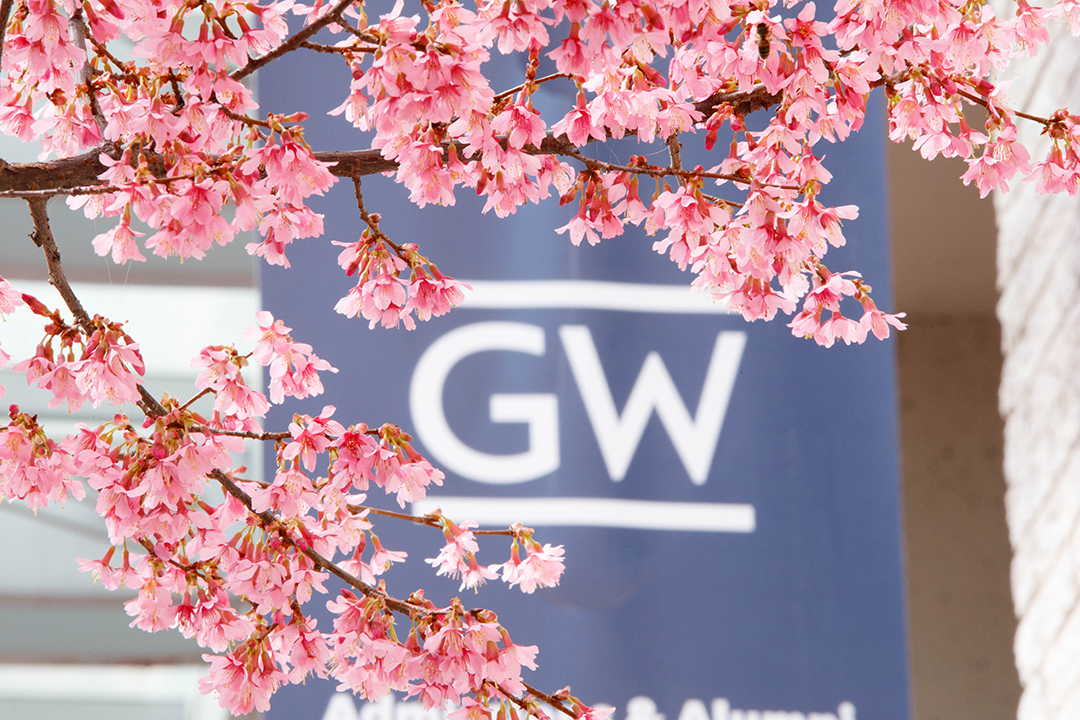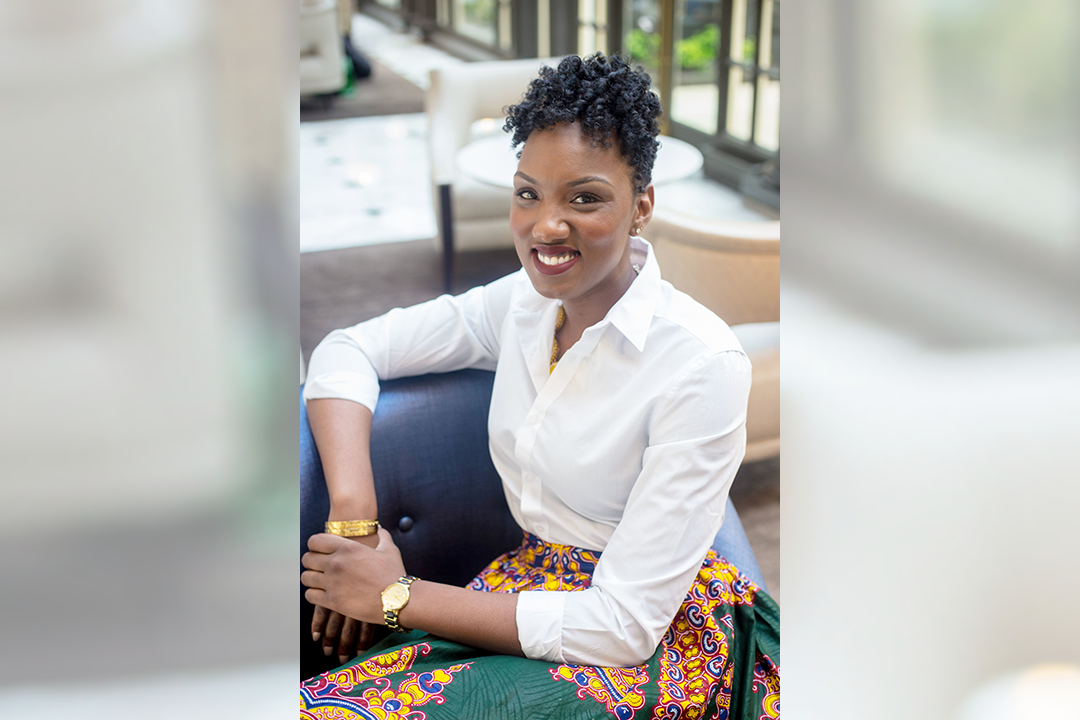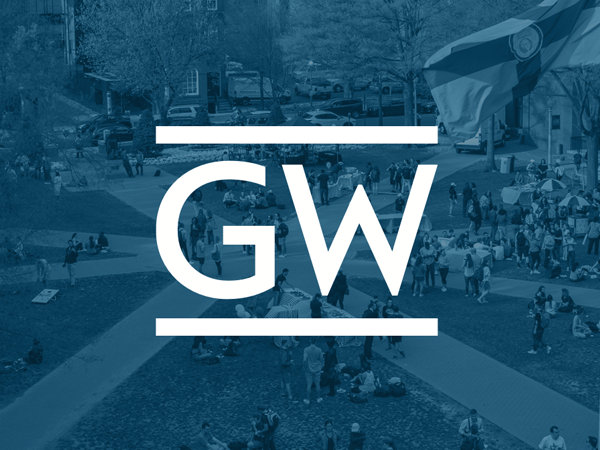By Kristen Mitchell
It has been nearly a month since George Washington University students left campus for spring break, and since then the world has changed a lot. Most classes shifted to virtual instruction, and employees were asked to work remotely indefinitely to slow the spread of COVID-19.
Scott Burnotes, the associate vice president for safety and security, has been leading the team integral to GW’s pandemic response with colleagues from every facet of university life. GW Today recently spoke with Mr. Burnotes about what is happening on campus, and the steps the university is taking to contribute to the larger public health effort.
Read what he had to say:
How many people have been able to access testing with drive-thru appointments on campus?
Since opening during the week of April 6, the appointment-only, drive-thru testing location on the Foggy Bottom campus has been able to accommodate almost 100 patients in just two days of operations. Last Thursday, 58 patients were able to access testing at this site.
This drive-thru testing site is a partnership among the GW Medical Faculty Associates, the GW Hospital and the GW School of Medicine and Health Sciences. It’s a great example of the good we can do when we all work together.
With most students out of the residence halls, will those rooms be available to medical professionals?
We are currently monitoring the demand and have made one residence hall available for medical personnel who are unable to travel home to be with their families while they are providing urgent medical care. These individuals will not be housed alongside GW students who remain on campus—they will be in a separate building.
How many students are left on campus, and where are they staying?
There are a little over 200 students on the Foggy Bottom campus at this time. Student residents were moved off the Mount Vernon campus to ensure that all students who remained during the initial virtual learning period had adequate access to campus resources. As of today, there are no remaining students in Munson Hall, and the move out process at Thurston Hall is ongoing.
The university is currently working to consolidate most students remaining on campus into International House.
Will residence halls be used to house overflow patients from GW Hospital?
GW has a role to play in D.C.'s emergency response to this threat to public health. We will take the necessary actions to assist, but our top priority is maintaining a safe environment for our staff and students. As of now there are no patients staying in GW residence halls.
Why is GW limiting the number of people coming to campus?
Three area jurisdictions—D.C., Virginia and Maryland—have all issued stay-at-home orders. Residents of these communities have been ordered to avoid all non-essential travel. These jurisdictions are also asking all essential operations, such as the university, to limit people coming to campus to only those who are critical to essential operations. GW takes this guidance from our regional government officials very seriously. This is helping to promote social distancing to limit the spread of the virus, while still maintaining critical functions so GW can continue to operate.
When will members of the GW community be allowed back on campus?
Students and staff not designated as on-site personnel will be allowed back on campus when it has been determined safe by local and federal government leaders and public health experts. We are working with our local jurisdictions to monitor the latest information. Once the stay-at-home orders are no longer necessary, we will re-evaluate allowing students and staff back to campus. Continue checking your email for communications on this subject and refer to GW’s COVID-19 website for regular updates.




